Hey!
I’m going NPR on your ass. This article took me a really long time to write. All of the information and the accounts on who did what was all over the place! But, I really wanted to write about Monterey Jack Cheese as a companion to my newsletter about TRI-TIP
Just as much as I love driving through Northern California to eat burgers, support local farmers and just clear my head. I love writing about California. And especially, writing about California and sharing it with y’all.
Please consider subscribing to this newsletter, even if it’s not a paid subscription. In the meantime…
This is a post for all subscribers. Everyone’s support is so appreciated, and I hope you enjoy.
If you’re a paid subscriber, please leave your Instagram handle and the email you signed up with in the comments so that I can add you to my “close friends” section of Instagram. I post content on my stories that is only available to paid subscribers.
PAID subscribers get access to:
Instagram “Close Friends” List - Me and Mami’s Day Trips, Day Trip Soundtracks, Burgers, Bochinche-Chisme, CaliforniaCore
Written Recipes
Videos of Recipes - We’re moving away from Instagram Reels.
The “Most comprehensive list of Northern California burgers you'll ever find, according to Mami.”
My one and only “List of places to eat in Puerto Rico” will be emailed directly to you.
Everyone’s support is so appreciated, and I hope you enjoy.
BACK IN STOCK!!!
The Sazon and Adobo seasonings are back in stock! Wow!
If you purchase them using this link, I’ll be able to accumulate an additional 10% per unit. Yay me! And yay you. I think.
Y’all. Remember Diasporican: A Puerto Rican Cookbook? It’s still for sale.
David Jack(s) was a Scottish immigrant. He came to San Francisco in 1849 and helped to colonize the California Central Coast by the turn of the century.
Jack had his hand in multiple pots as an entrepreneur in San Francisco. He flipped revolvers, went to the gold mines, a house inspector, loan shark, importer/exporter, land speculator. One of Jack’s other business interests was dairy, which he would eventually own 14 dairies. This is where history would also eventually leave behind what led to the creation of Monterey Jack Cheese. But, some people say different.
A business trip would lead Jack to Monterey in 1850 and within two years he’d be elected as Treasurer of Monterey County.
With the money David Jack made in San Francisco from his various enterprises, eventually he was able to purchase 30,000 acres of wild and scenic countryside surrounding Monterey as well as the town itself in a controversial land grab involving the Treaty of Guadalupe Hidalgo and a man named Delos Rodeyn Ashley. Soon David Jack would embark on a Monterey County-wide tour of land acquisition. Including purchasing land that has several adobes on it! He headed down to Salinas, California and inquired with local tax assessors in order to find out who owed money to the banks. He’d pay overdue taxes on good land, allegedly without troubling to notify the owners. When he was inevitably confronted, he pointed out that he had done nothing illegal. All the original land owner (who was delinquent in their taxes) had to do, was pay him back, with interest, and they could have their own land back.
By the way, this is something that you can still do to this day!
In June of 1874 Henry Cerruti, in the employ of Hubert Howe Bancroft, interviewed Dorotea Valdez, whose father was Juan Bautista Valdez, a member of the Portola expedition. Dorotea lived in a pueblo, which she asserted was illegally obtained by Jacks. When Cerutti asked her if she knew him, this is what she said:
Señor Jacks is the owner of the pueblo. In my opinion he is a very mean man, a cunning rascal, and pious hypocrite. He is such a miser that he even denies his own wife and children the comforts of life. At the present time, Jacks considers himself a millionaire. But as soon the railroad begins to operate, many foreigners will come to settle here. Rest assured that is when Señor Jacks will receive the punishment he deserves. All we want is for some clever lawyer to take the pueblo land away from him. The American authorities sold land that did not belong to them in order to pay off the debts. This is land that nobody had the right to give away because it rightfully belongs to every man woman and child who was born in our town. When the pueblo owned the land currently owned by David Jacks, people could just go out and gather the wood they needed. Our horses and cattle could graze everywhere and nobody bothered them. Ever since this evil man obtained possession of our land, he has placed fences everywhere. Even the famous well where the pirates landed in 1819 is surrounded by a fence. Señor Jacks is a natural born enemy of everything related to our history. He even tried to gain possession of the crops by the bridge. There is a live oak tree near those crops and it is under that very tree that Fr. Junìpero Serra said his first mass on June 7, 1770.
Snap. Henry even dragged David Jack’s wife into the chisme. In 1861, the 39-year-old David Jack married 24-year-old Maria Cristina Soledad Romie. Maria was born in Oaxaca, Mexico. Both of her parents emigrated from Germany to Mexico in 1835.
Much of what Jack owned in Monterey we currently know as land preserves, like Jack’s Peak and Pebble Beach. When you’re driving along the 17-mile drive, think of David Jack and his kin owning that land during his time on earth.
Meanwhile, it was never any of their land to own. The Esselen, Rumsen (Southern Costanoan aka southern Ohlone), and the Salinan people were taken in to three missions: Mission Carmel, San Antonio Mission and the Soledad Mission. The land that was theirs would eventually become the “ranchos” that soldiers and wealthy foreigners would amass during the Mexican land grants.
These missions were strategically placed in a geographical triangle around the Santa Lucia Mountains. Essentially creating a type of reservation.
The dairies that Jack would come to own were operated and managed by Portuguese dairymen who were well versed in the makings of cheese. He basically just purchased the dairies that were already producing the style of cheese that would eventually be known as Monterey Jack. Articles say the reason the cheese became known as Monterey Jack is because his shipping crates or cheese would arrive with the name of the town (Monterey) and his last name (Jack). Others say that his ego slapped the name on the cheese. History would leave you to believe that the creation of Monterey Jack Cheese was indeed at the hands of David Jack. David Jack never claimed to have invented Monterey Jack cheese, he was just the only person that had enough money to pay others to make it for him, commercially produce it on a large scale and invest in a marketing campaign across the west coast, encouraging the name Monterey Jack. “It’s not who creates the idea, but who is the better marketer of the product.”
Enter Juana Cota de Boronda, her and her husband received a land grant in Carmel Valley from the Mexican governor of Alta California as a wedding gift. After her husband received an injury that left him lame, she had to come up with a hustle to support her, her husband and their 15 children. And that hustle was Queso del Pais. Cheese. She’d make this cheese for family, friends and parties. Now she needed to sell it to survive. Her cheese became incredibly popular and profitable as word of mouth grew. Other ranches took notice and they hopped on the bandwagon to make cheese in the style of Baronda. People would make the hike to Rancho Los Laureles to purchase this cheese, including David Jack.
“Señora Juana was the first to make the cheese in the Monterey area.”
Juana Cota de Boronda’s husband, José Manuel Boronda, was a corporal in the Spanish army. He followed the Franciscan friar Junípero Serra from Mexico to Alta California. Some say this is where José got the recipe. Others say Juana already had the recipe and that the “jack” came from the vice in which the cheese was smushed in during production. More importantly, how would David Jack even hear about Juana making cheese? Juana’s great great nephew, Dennis Boronda, says “…Jacks was helping Doña Boronda out, selling the cheese. But it seemed that at some point he realized, ‘Hey, this is really a good deal here.’ He was a businessman and he knew how to market it. The family probably got mad at him – I would think they would – but they probably weren’t going to do anything about it. They weren’t trying to get rich. They just wanted to keep the family going.”
Juana died in Castroville, CA at the age of 88.
The friars preserved their surplus of fresh milk into a semi-hard cheese with a mild and sweet flavor. The Spanish Franciscan friars also came to Alta California from Mexico to use indigenous labor to build their missions that still exist from San Diego, CA to Sonoma, CA and convert the same indigenous labor (Monterey land is Esselen land) to Catholicism.
There is currently only one dairy left in Monterey County that produces the cheese in the original terroir; Schoch Family Farmstead. The owners of the farmstead believe they are one of the few remaining dairies that produces a Jack cheese that is identical to the flavor of the original. But, only in flavor.
The original Monterey Jack was said to be a lot softer in texture, which limited its potential when it came to commercial manufacturing. Producers started to demoisturize the cheese so that it could be machine sliceable to become a sandwich cheese and pizza topping.
Two things are for sure: There was a cheese and that the early Californios had the cheese. And because of the de-moisturization of what was the original queso del pais that would become known as the Monterey Jack we know today, Monterey Jack cheese is one of the few cheeses to emerge out of the United States.
Although it was technically a Portuguese and Spanish technique. Kthnxbye.
Simple Monterey Jack Quesadillas
Serves 2
1 tablespoon oil*
4 corn tortillas
1 cup monterey jack cheese, shredded
1/4 cup parmesan cheese, grated (optional)
In a cast iron skillet, or comal, over medium high heat, make sure your pan is hot. Add a drop of water onto the cooking surface and if it immediately sizzles, it’s ready.
Add your oil. Lie one of your tortillas down onto the oil until its slightly flappy, add cheese onto the exposed side of the tortilla, and fold into a taco shape. Repeat until the pan is holding as many quesadillas as it can.
Allow to cook until the cheese is starting to soften; 2-3 minutes. Flip the quesadilla, continue to cook and give the quesadilla a gentle push with your spatula until the cheese pours out of the ends and onto the comal. Let the cheese caramelize and get crusty, 1 minute. You will know when it’s time because the quesadillas will pulsate.
Quickly scoopy the quesadillas and the cheese skirts onto a plate. Sprinkle parmesan cheese over all of the quesadillas.
Serve.
NOTE: Use whatever fat you want: avocado oil, peanut, butter, canola, vegetable. It doesn’t matter.




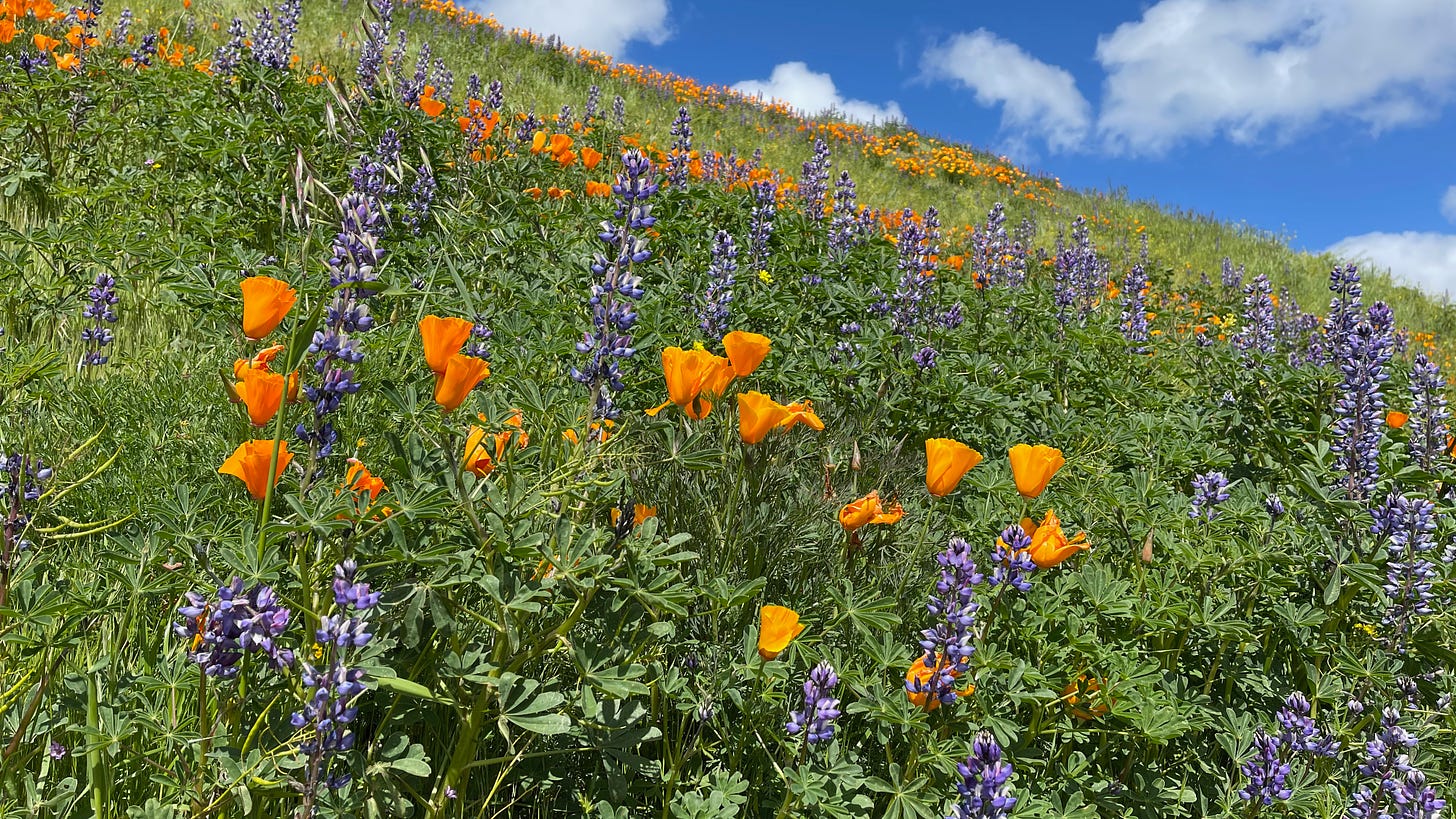

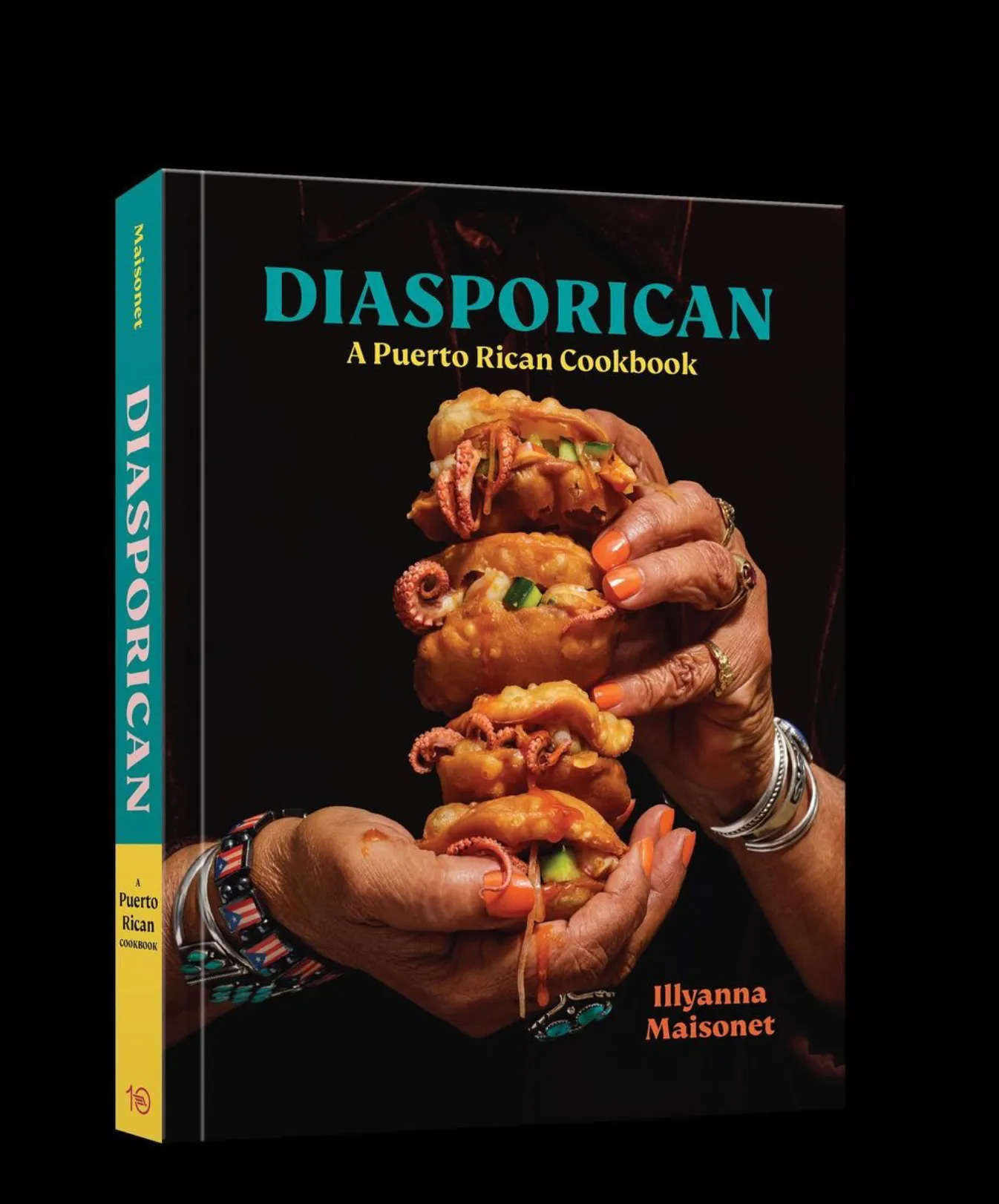
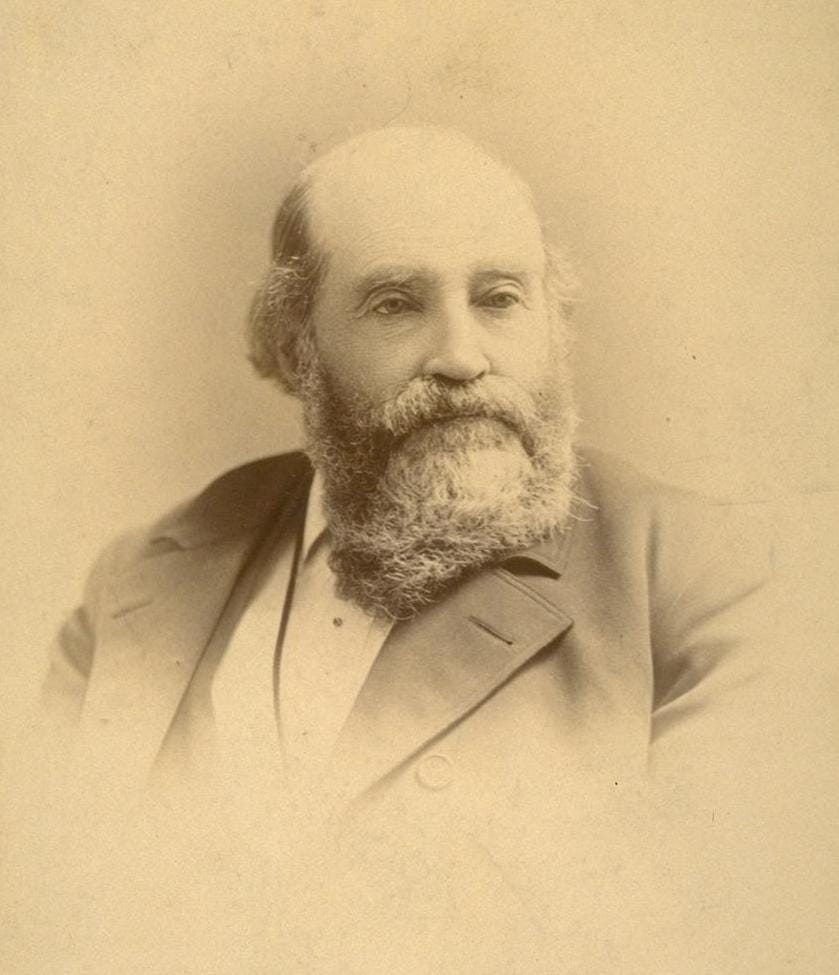
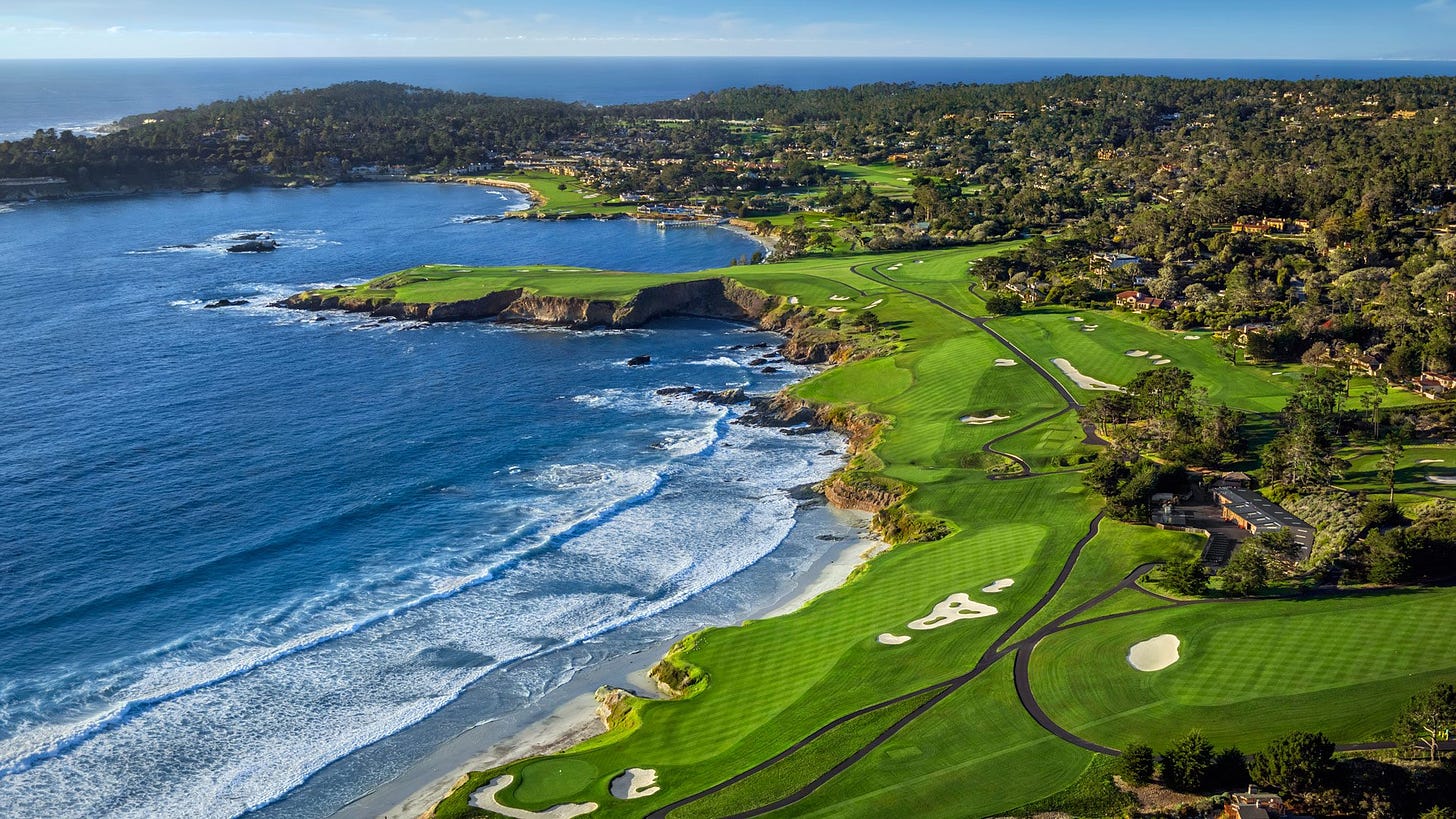
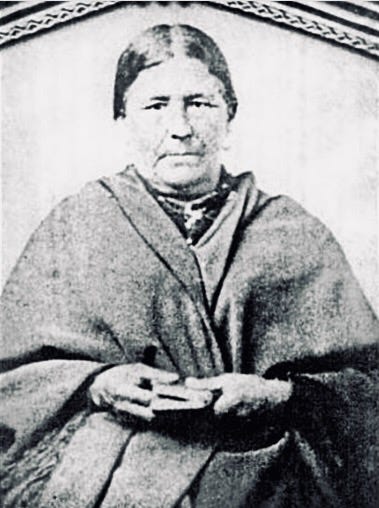
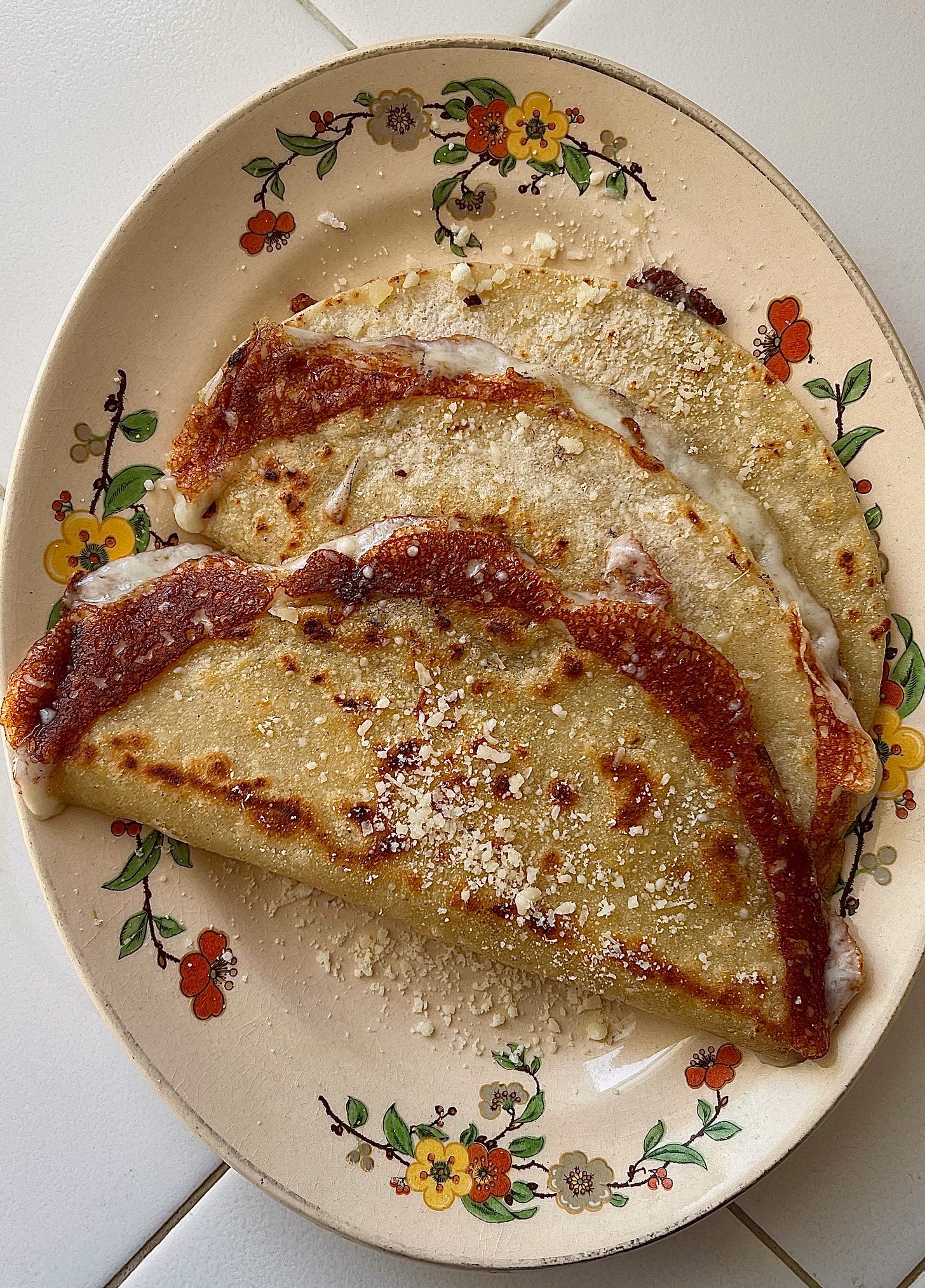


Share this post